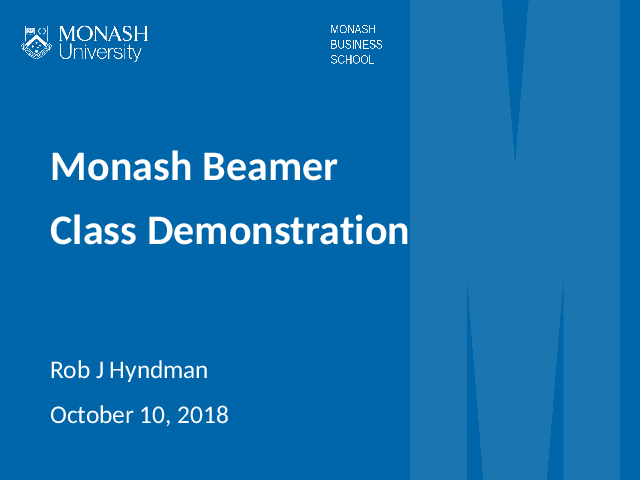


So excellent, in fact, that we can be quite demanding about the appearance of visualizations in our slides. Knitr has excellent support for including figures generated by R code. From there everything proceeds as with ordinary markdown slides (see the earlier post). The knitting step runs those computations and yields talk.md. For a presentation, you write an R markdown file that is just like a regular markdown for beamer slides-including all the LaTeX and pandoc tweaks you want, like fancier overlay specifications, arbitrarily positioned blocks, automatic citations, 1 and so on-but you also include R code chunks that generate some more markdown from computations. The hard part is writing the source file, talk.Rmd. The whole setup can be found in this repository subdirectory on github. At the end of this post, I imagine you will question my sanity. And I’ll show the settings for incorporating program code into the slides, which I used in my teaching. I’ll also show how the same R markdown can be the basis of slides, speaker notes, and a handout for audience members to take notes on. (Here are a couple examples: slides on network visualization, Apslides on topic modeling and PCA for literary texts, April 16, 2015.) Second, I was just at a conference where almost everyone’s presentation had slides with R output in them, but it seemed like people might…benefit…from an example showing how to make the aesthetics of the R output and the slides more consistent with one another. I am spurred to describe my approach by two things: first, I have had a whole semester of teaching Literary Data to work out the kinks in that graduate course I regularly used R markdown-based slides to present new material. Call it, uh, Presentationally Literate Programming. Thanks to R Markdown and knitr, it is possible to build on the pandoc/beamer system I described before to incorporate program code and its results. That was an enjoyable trip into the abyss, but what if your slides regularly include the results of calculations, data visualizations, or computational examples? Then it is time to, how do they say it these days, dive deeper.

All that was required was a handful of TeX Macros, a little python script, a few Makefiles, and a maniacal commitment to automation. In Easy Lecture Slides Made Difficult, I showed how to use markdown to make slides while still retaining some aesthetic flexibility.


 0 kommentar(er)
0 kommentar(er)
